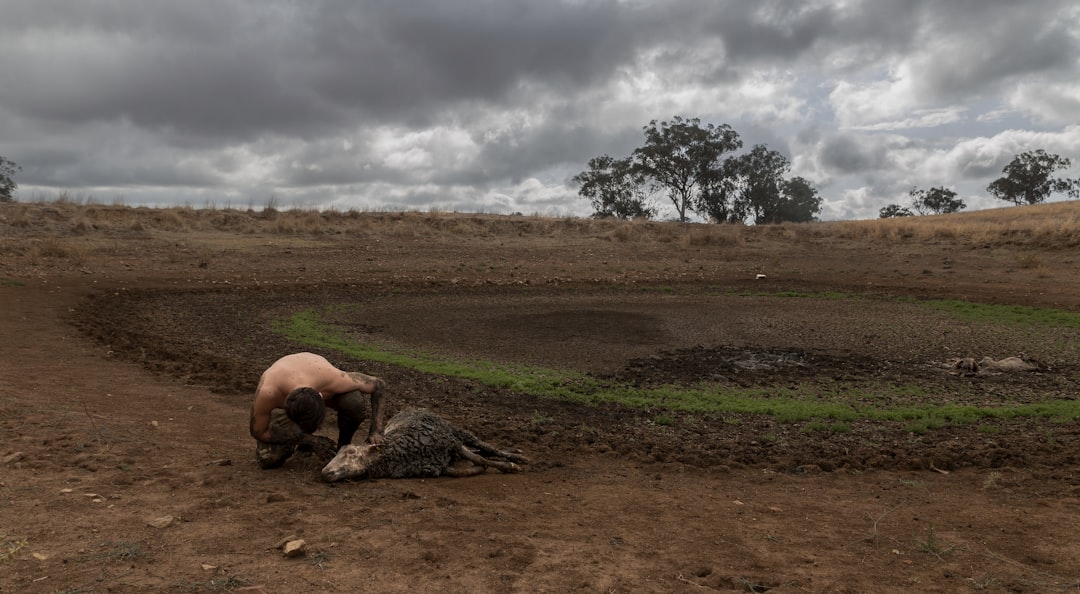What is it about?
This study found most aspects of physical infrastructure and documentation related to hygiene procedures in fishing ports, fish trading establishments, and fish markets in the Vietnamese DSDCs are noncompliant. The practices of fish handlers were determined as creating a high risk of contamination of raw fish due to hand contamination and work surface and tool contamination. The study revealed unacceptable microbiological quality in most fish samples from ports distributing to markets through different distribution chains. Working in unhygienic environments and the poor hygiene practice of distributors may promote contamination.
Featured Image
Why is it important?
Since the topic of compliance with regulations of hygiene and food safety is generalizable to all fish distribution chains all over the worlds. The implication of this study may also meaningful for other countries or other areas.
Perspectives
The relevance of the results in the investigated area is clear. It could be interesting to expand the relevance of the result of this study to other similar case studies.
Dr Phuc H Luu
Nha Trang University
Read the Original
This page is a summary of: Seafood safety compliance with hygiene regulations within Vietnamese domestic distribution chains, British Food Journal, April 2016, Emerald,
DOI: 10.1108/bfj-07-2015-0234.
You can read the full text:
Contributors
The following have contributed to this page










